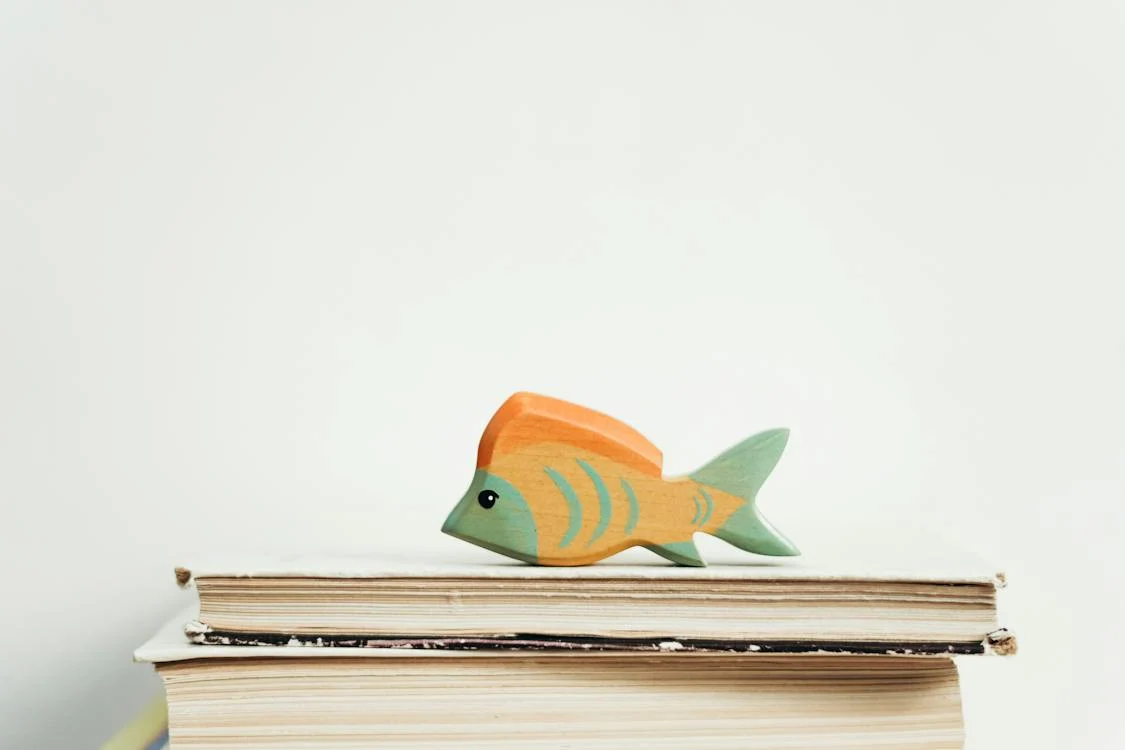The wooden fish is a percussion instrument that is made out of a hollow wooden block. Sometimes, a variety of wooden fishes were made of plastics. Buddhist priests usually used this instrument to beat rhythms when they are chanting scriptures. Also known as the Mokugyo, Chinese temple block or wooden bell, this drum originated in East Asia and is used in Korea, Japan, and China in the Mahayana Buddhist tradition. Aside from that, it is sometimes referred to as a skull or a Korean block.
Interestingly, the wooden fish is often used in the recitation of mantra, sutra, as well as rituals and other Buddhist texts. Also, in Pure Land Buddhism, the wooden fish is used when chanting the name of a celestialbuddha, Amitabha, or Amida. Meanwhile, it is also reported that the Taoist clergy has adopted the use of the wooden fish in their ritual. The wooden fish symbolizes abundance, wealth, and wakeful attention.
In Korean Buddhism, this wooden fish has a broader usage. The ‘Moktak’ or the smaller-sized fish was used as decorations. The Mogeo, the larger one, is usually hung on the temple’s ceilings and is struck using two sticks from its hollowed-out bottom. The original type of this wooden fish was literally in the shape of a fish. It is also hung in Buddhist monasteries and is used in several duties like eating, chores, or lectures.
Additionally, it is also used in funerals. During that event, people walked in processions while sounding the wooden fish in unison and slow rhythm. It may also be used in rain prayers. As well as that, much like in Buddhism, Confucianism also uses wooden fish. They struck this percussion instrument at a specific interval in order to signify certain stages of ceremonies at the temples. The wooden fish was also reportedly used in several musical compositions such as The Syncopated Clock, Turangalîla-Symphonie, and a three-act opera, Saint-François d’Assise.
There are two types of this percussion instrument called the wooden fish. The first one has round carved scales, while the second one is rectangular. The second type of wooden fish is usually suspended in the dining halls of Buddhist temples. According to the Buddhist, the fish does not close their eyes. Thus, makes the chanting monks concentrate on whatever they were doing. They also used this second type of wooden fish when they are having breakfast or lunch to produce a rhythm. These wooden fish drums also come in a variety of sizes that range from 5.9 inches to 3.9 feet.
According to the legend, the origin of this wooden fish started several years ago, when a Chinese Buddhist went to India for scriptures. On his way, the Buddhist was blocked by a flooded river, and there was no boat or bridge nearby. During that moment, a big fish emerged from the water and carried the Chinese Buddhist across the flooded river. When they reached the middle of the river, the fish asked for a favor. The fish asked the Buddhist to meet Sakyamuni, the founder of Buddhism, and tell him to ask when it can become a Bodhisattva. The Buddhist accepted the favor without hesitation since he was anxious to cross the flooded river.
After seventeen years in India, the Buddhist return to China and came across the same river. This time, the river was dangerously flooded. The big fish once again emerged and offered to give him help. In the middle of the river, the fish asked about the favor.The Buddhist told the fish that he forgot about its favor. With that, the fish got angry and dropped the Buddhist, along with his scriptures, into the flooded river. Fortunately, a fisherman who was passing by helped him. However, the scripture was severely damaged. Full of anger, the Buddhist came home and carved a fish head with a wooden hammer. He beat this fish as he recalls the misfortunes he had encountered. To his surprise, every time he hit the fish’s head, a Chinese character appears. Later on, as years passed by, the Chinese Buddhist was able to retrieve what he had lost in the water from the wooden fish’s mouth.

